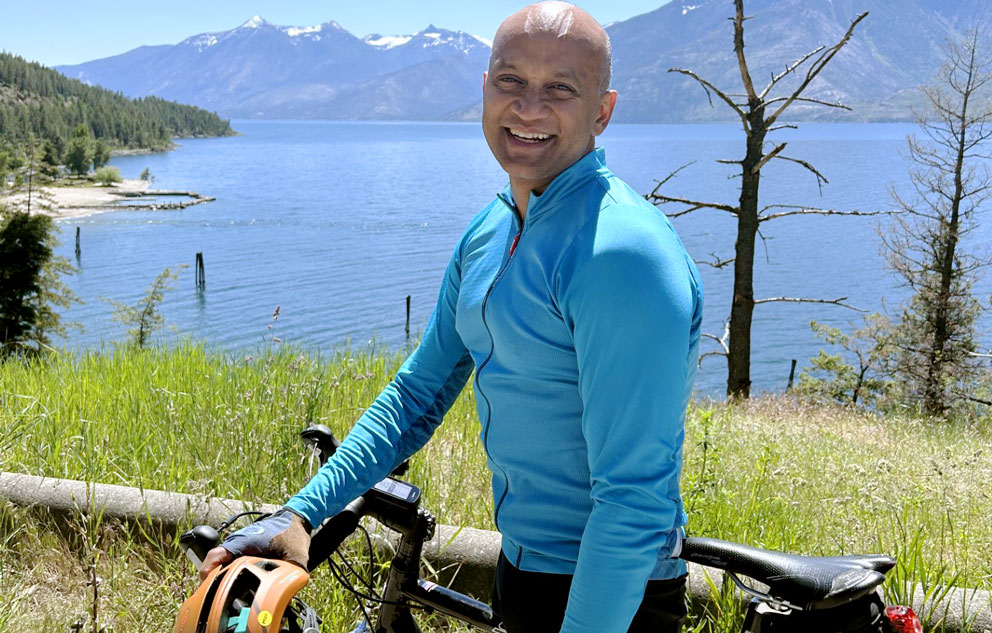Why medical schools need more rural students

Dr. Atma Persad
Growing up in a small village in rural Alberta shaped my perspective on medicine. Early experiences, such as sitting at the kitchen table of our local doctor when I needed care, and having our local hospital another town away, left an indelible impression. Having first-hand knowledge of the inequity in rural health care resources fostered my passion for rural healthcare. Although I trained in an urban setting, I was acutely aware of the disparities between small-town and city medicine. My upbringing provided a foundation and my heart has remained rooted in rural medicine, where I have practiced continuously for over 20 years.
The unique demands of rural family medicine
Rural family medicine isn’t just a career—it is a way of life. The scope of practice extends beyond clinic hours, encompassing emergency care, obstetrics, palliative care, long-term care and traditional office-based practice. This diversity is both rewarding and demanding.
A pressing challenge persists: there are not enough physicians equipped with the broad spectrum of skills required to meet the growing needs of rural communities. Addressing this gap is critical to the sustainability and success of rural healthcare.
Bridging the gap
During my medical training, very few classmates shared a rural background. I believe that increasing the representation of rural students in medical schools is essential, as they are more likely to return to these communities and thrive in them. While there are encouraging signs that medical schools are prioritizing rural recruitment, this effort must be accompanied by robust training strategies that reflect the unique needs of these communities.
Expanding interdisciplinary healthcare teams is also crucial. Social workers, mental health professionals, office-based nursing and specialized support staff are vital to alleviating the strain on rural physicians and enhancing the sustainability of rural practice. While competitive compensation is important, equally critical are team-based care models that comprehensively support physicians and patients.
Infrastructure and accessibility challenges
Transportation remains a significant barrier in rural healthcare. Patients requiring specialized care or advanced imaging often face substantial delays due to travel and coordination challenges. Strengthening regional transport systems and increasing access to imaging and specialists would significantly improve care delivery and patient outcomes.
Rewards of rural practice
Practicing rural medicine comes with unique challenges. In small communities, anonymity is rare; everyone knows who you are—and that you’re a doctor. While this visibility can be challenging it creates a profound connection to the community.
What sustains me in this demanding profession is the constant opportunity to learn and teach. Family medicine encompasses the entire field of medicine and I am continually motivated to stay current with medical advancements to give my patients the best possible care. Through my teaching role with UBC’s medical school and residency programs, I introduce trainees to the richness and diversity of rural practice—experiences they are unlikely to encounter in urban settings.
A call to action
I urge you to voice your concerns about the healthcare system to your elected officials. Political will is essential to prioritizing rural healthcare and change begins with understanding and addressing the challenges faced by rural doctors. It is encouraging to see initiatives such as Fair Care Everywhere, which highlights these critical issues.
By training more doctors, investing in interdisciplinary support systems and improving infrastructure, we can ensure that rural communities get the high-quality care they deserve. Together, we can create a future where rural healthcare meets the needs of these resilient communities.
Dr. Persad is a family doctor based in Creston. He represents BC Family Doctors District 15, Kootenay, on the board of directors.